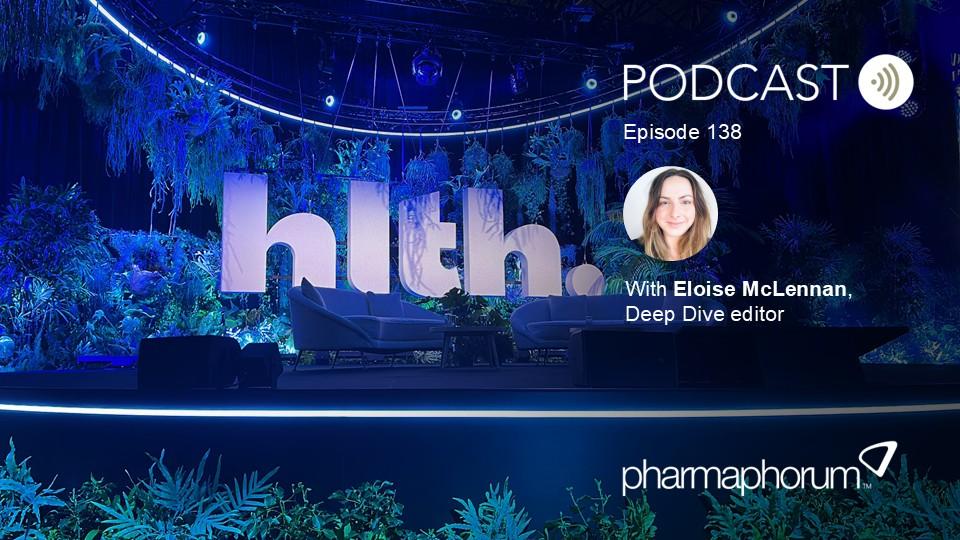Heard on the pipeline: AI in R&D

As has become tradition in the pharma and biotech world, 2024 kicked off with a bang as experts from around the globe gathered in San Francisco for the 42nd annual JP Morgan Health Conference. The event gave attendees a chance to scope out the landscape of innovations, trends, and challenges for the upcoming year. And so, with pharmaphorum editor-in-chief Jonah Comstock reporting from the floor, it seemed the perfect setting to find out how attendees view one of the hottest topics in healthcare today.
How has the mindset within the industry evolved regarding the acceptance and adoption of AI technologies in R&D?
Jen Nwankwo
CEO, 1910 Genetics
“Last year was certainly the year of AI, fuelled by ChatGPT, which OpenAI and Microsoft launched in November 2022. I think that launch brought AI to the consciousness of the layman. People who hadn’t heard about AI, people like my mum, people at the grocery store had the opportunity to play with ChatGPT, a consumer-facing conversational AI interface. It really captured the imagination and continues to capture the imagination with the opportunity to do a variety of things and just this idea that there’s this sort of friend that you’ve got in the form of ChatGPT that you can ask questions and get answers to.
“The release of ChatGPT brought AI into the consciousness of the average American. For those of us who are in what you’d call a verticalised solution space, which means we are using AI to build solutions in a specific vertical like biotech and pharma, we certainly are excited to see AI in the mainstream consciousness, but for us not a lot has changed, both in terms of the immense opportunity for AI to improve R&D productivity in pharma, which has declined consistently since the 1950s, as well as some of the barriers that have prevented AI from delivering on its potential in pharma and biotech. So, we’re excited to see everybody coming along for the ride and just forging ahead with trying to bring the potential of this tool and this incredibly powerful technology to fruition in the form of actual medicines for patients.”
• Read the full article in pharmaphorum's Deep Dive digital magazine












